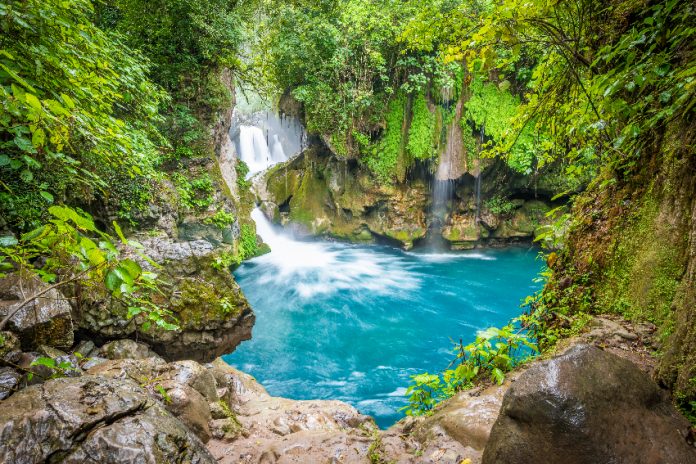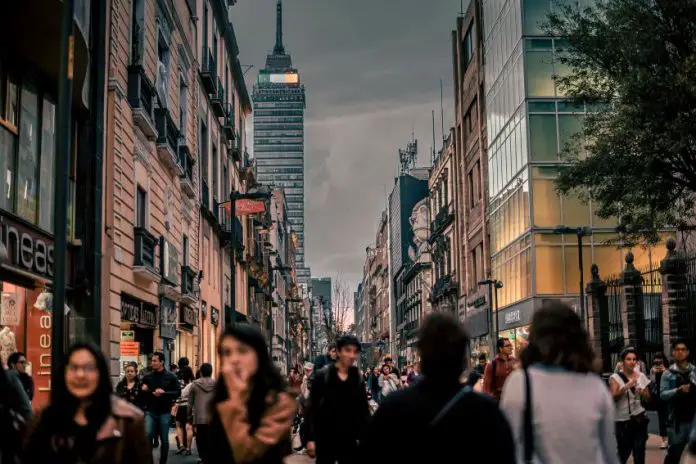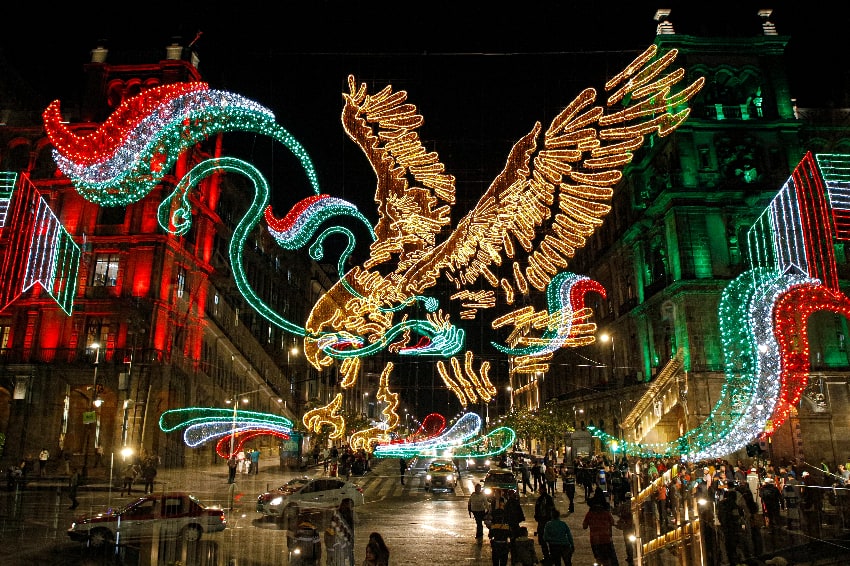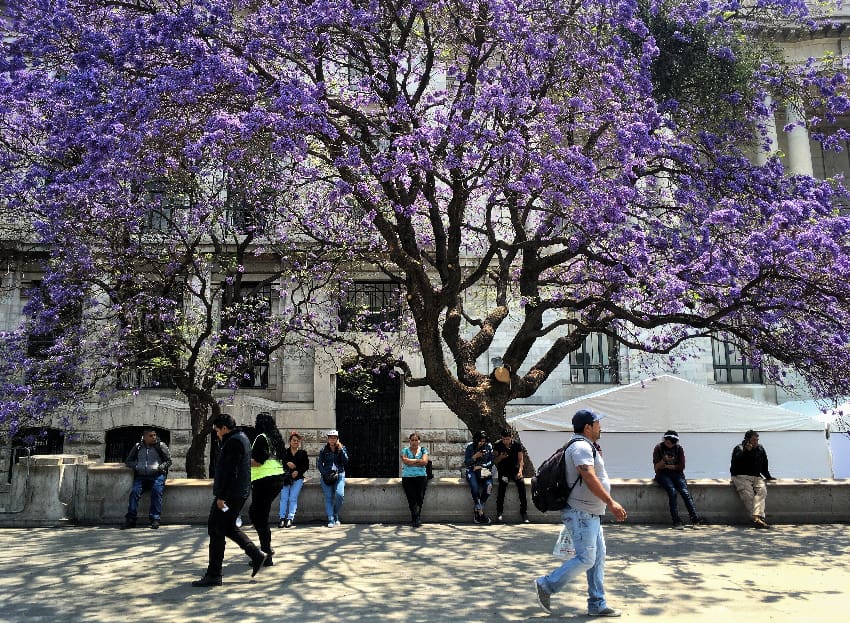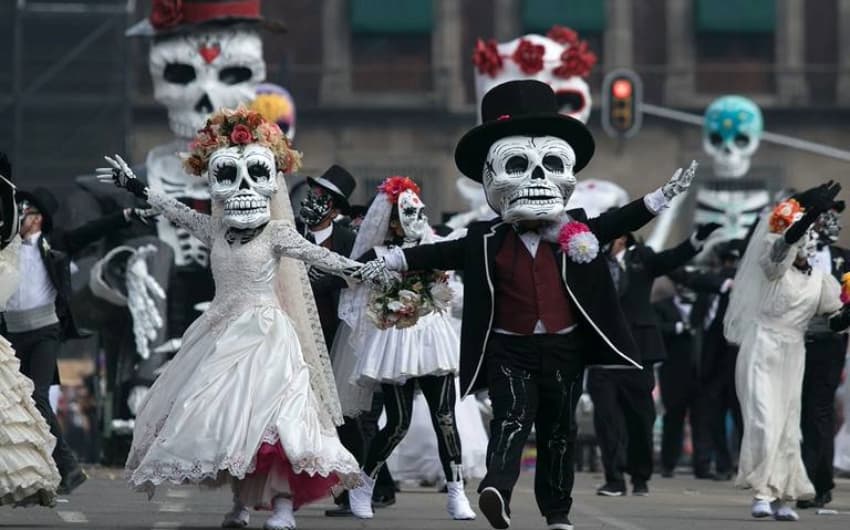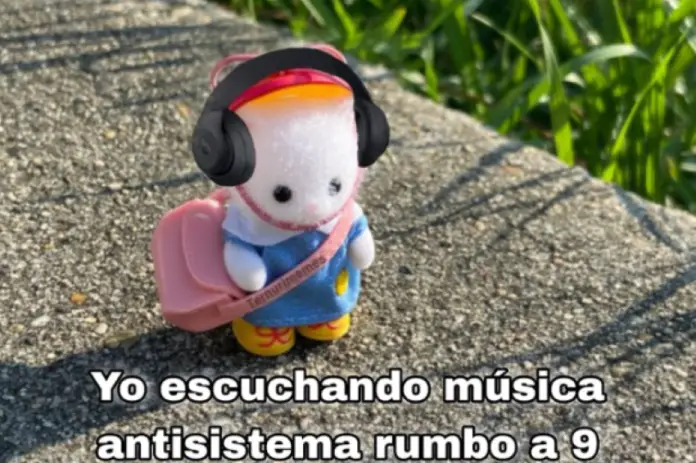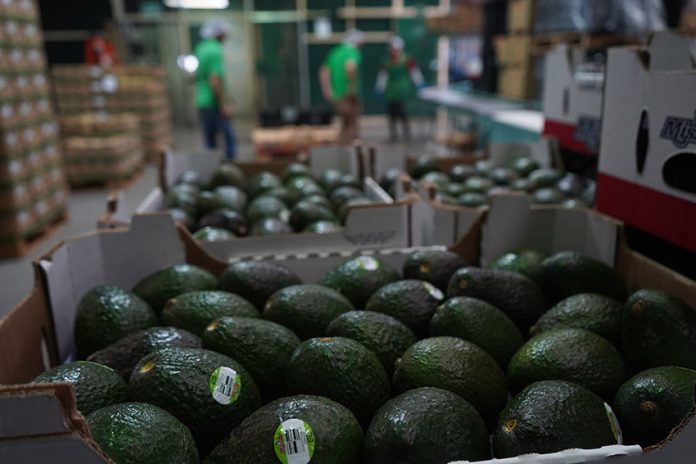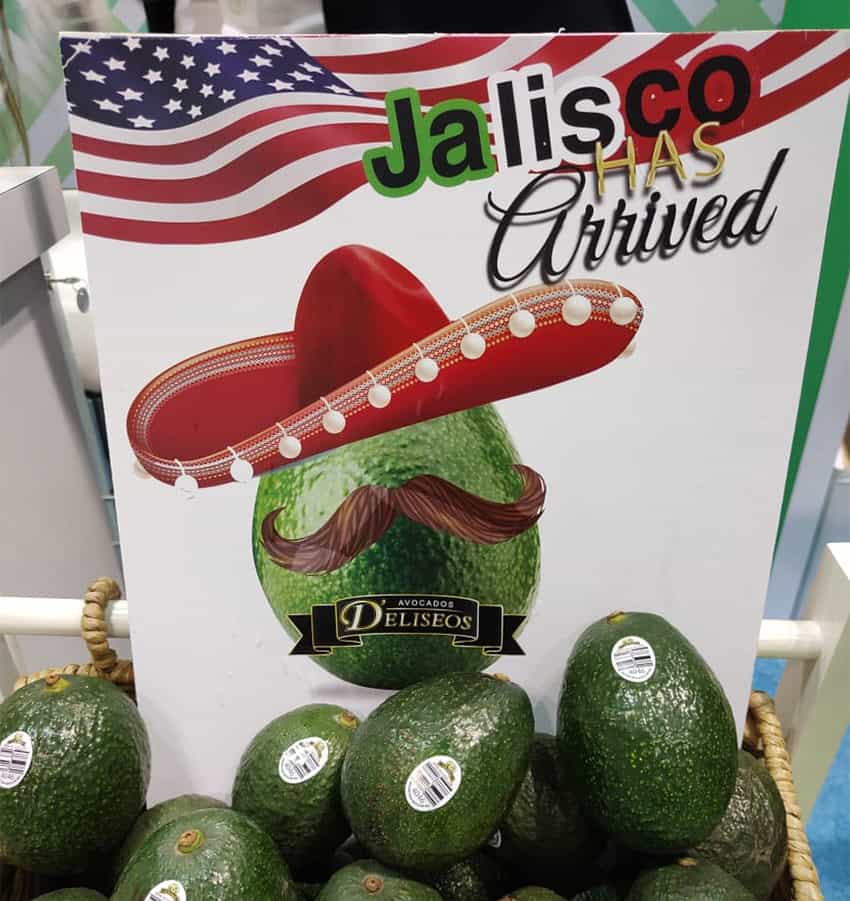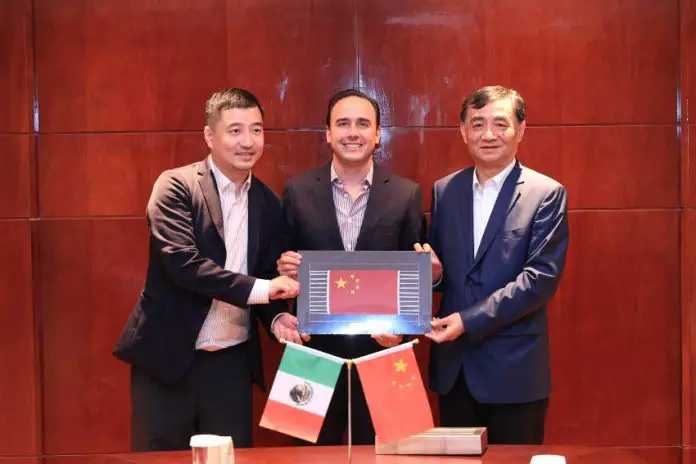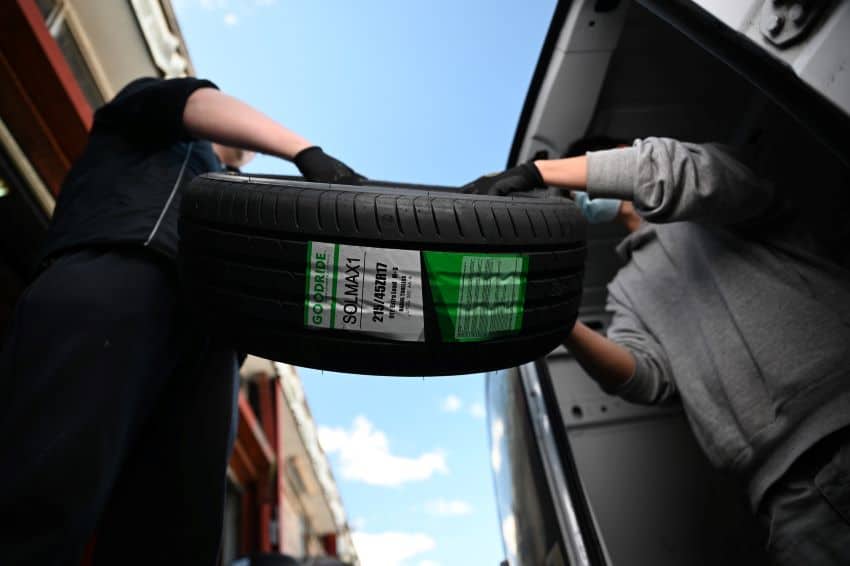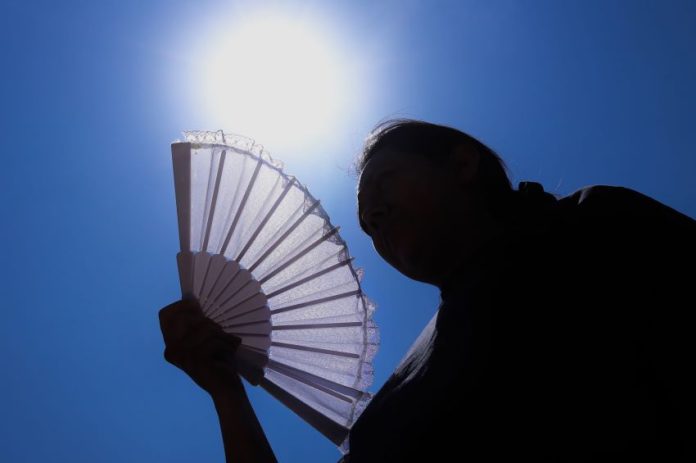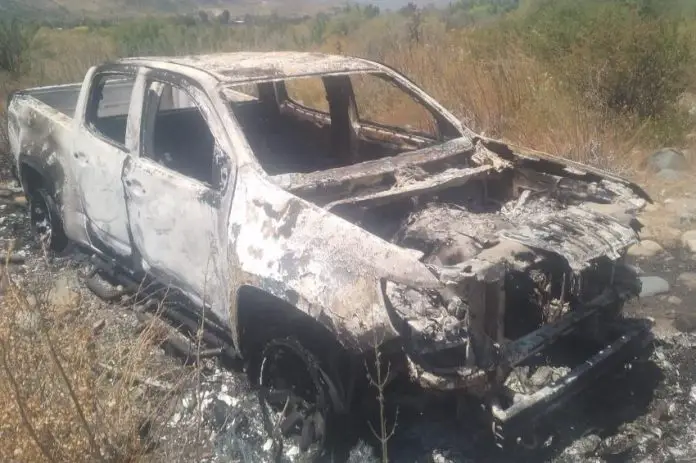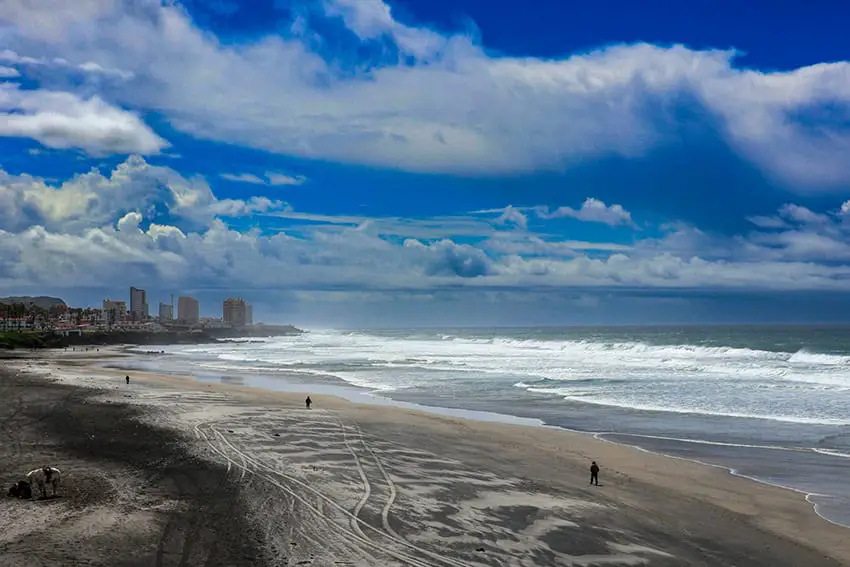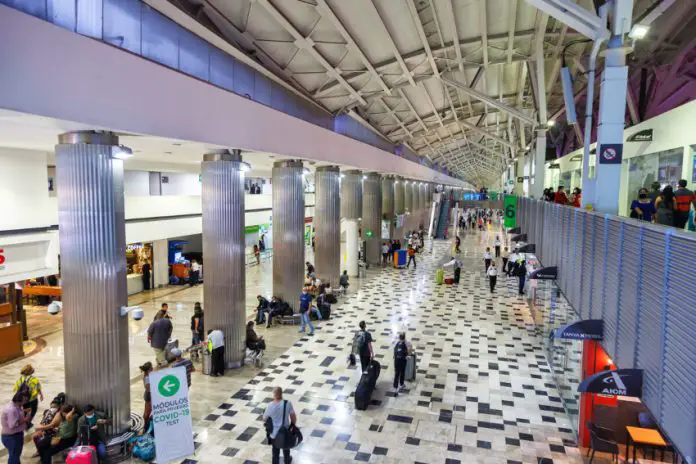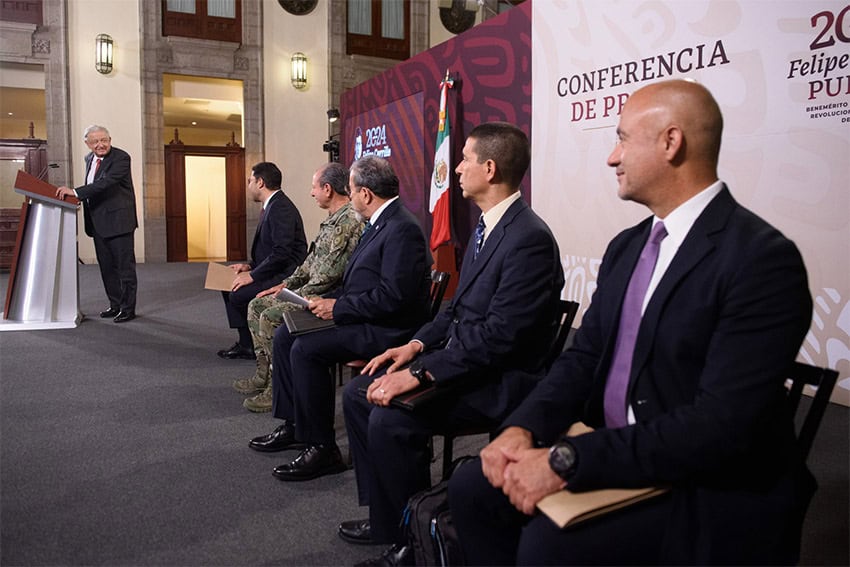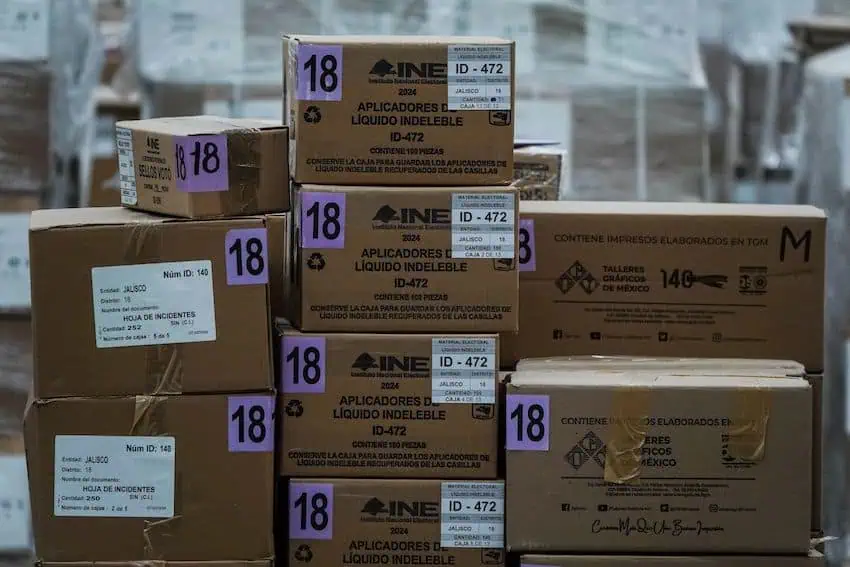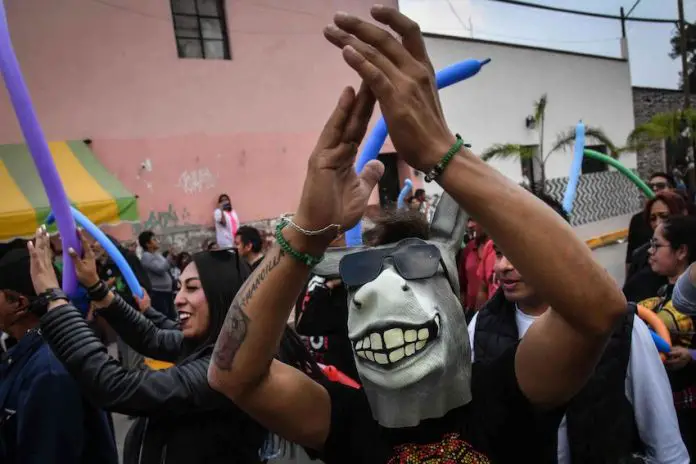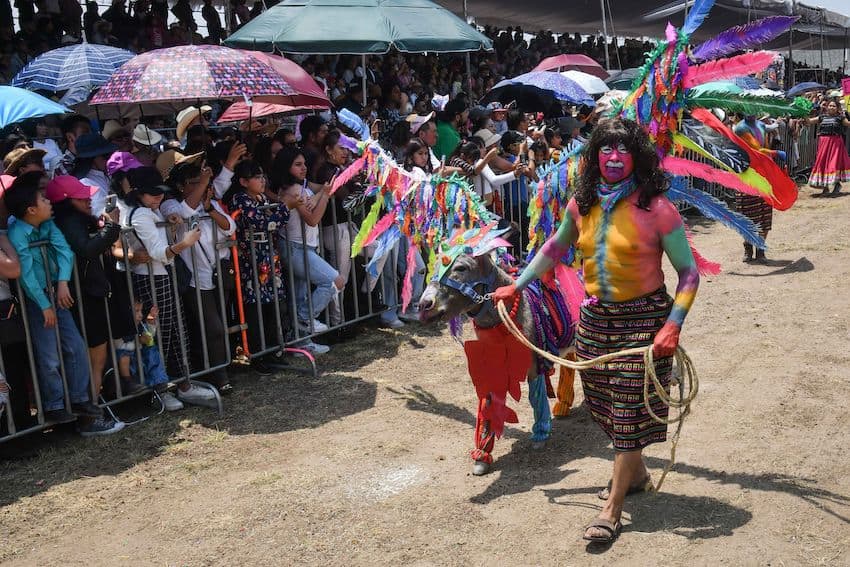I am often asked about my favorite places to travel.
I think that, in general, a very good destination with fewer tourists is much better to visit than a “great spot” mobbed by people taking selfies.
I might sound a bit dated in saying this, but travel in the social media era baffles me. I am often astonished at people who seem to care more about their selfie than actually looking at and enjoying the place they are visiting. So many times, I’ve seen people spend significant time and energy trying to get the perfect photo (with themselves in it), and then simply move on to the next selfie spot.
I also have noticed over the years, and increasingly so, that many beautiful spots around the globe are getting a lot more crowded than they used to be. It might still be the post-pandemic travel bounce, or increased accessibility of travel, but it feels like something more than that. These really photogenic places around the globe are shared on social media so voraciously — of course, with absolutely perfect photos — that they’re now crowded with tourists looking to replicate those photos for their own social media accounts.
Part of what makes Mexico so special to me is that you can still find unbelievable places that are unspoiled, beautiful and uncrowded. Of course, they are getting discovered too and receiving more tourists, but they are still years behind the huge crowds of many other tourist hotspots.
With that in mind, I am sharing here five special places in Mexico for anyone looking for nature, adventure and fewer people. It’s still a good idea to follow some tips to avoid crowds even in these less discovered locations.
These destinations most certainly aren’t for everyone – perhaps not for most – as they don’t have the same range of accommodations, they aren’t easy to get to and they might entail some decidedly “unglamorous” moments.
My intention here is of course not to increase mass tourism to these destinations, but rather inspire the truly adventurous out there to add these locations to their bucket lists.
Huasteca Potosina, San Luis Potosí
Never in my life had I stayed in one hotel for 7 consecutive nights until we did here. Seven days straight of pure, unspoiled, uncrowded nature.
Waterfalls, thermal pools, stand-up paddleboarding in a jungle river, whitewater rafting, canoeing, ziplining, waterfall jumping, birdwatching, seeing pumas and jaguars in their natural habitat, I could go on and on.
It’s not fancy, it can be swelteringly hot, but this part of Mexico is a guaranteed awesome natural adventure.
Grutas de Tolantongo, Hidalgo
Imagine over 80 natural hot spring pools in the mountains, each with different temperatures, each with an amazing view, each of which can be enjoyed during the day or under the stars.
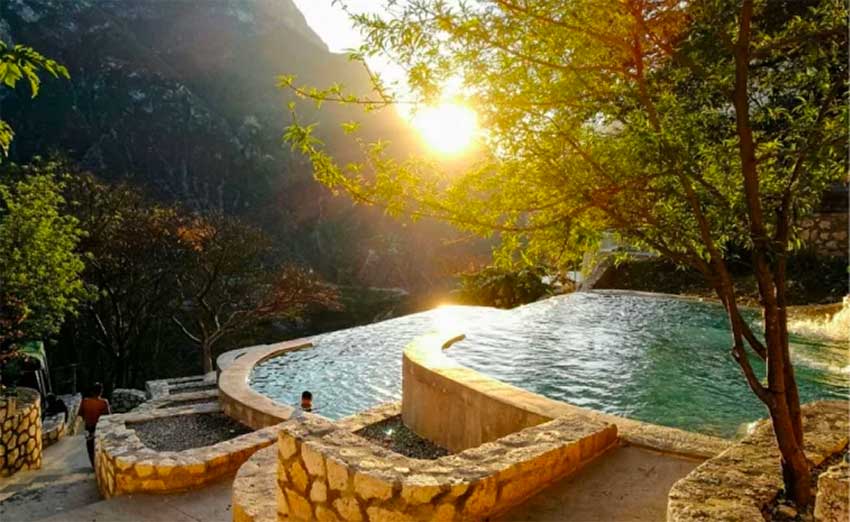
An underground spring of hot water feeds this incredible cave and river system. The hotels are 2 stars at best, the food is 1 star at best, but the spot is absolutely epic!
Isla Holbox, Quintana Roo
A 2-3 hour drive from Cancún, Playa del Carmen or Tulum and then a ferry ride out to the island means Isla Holbox is not easy to get to, but it’s worth the effort.
All vehicles on the island are golf carts or smaller. The island is growing fast, but it still has a pace no longer found in most places on the planet.

Strolling in the crystal-clear water on the sandbar that goes on for miles into the ocean is the main activity. It’s a surreal experience to walk so far out into the ocean in ankle- to-knee-deep water — spotting fish, sting-rays, flamingos and more.
Bacalar, Quintana Roo
A 2.5 hour drive south of Tulum, and soon with its own Maya Train stop, Bacalar is increasingly getting discovered and touted as the “Maldives of Mexico.”
Bacalar is actually a large lake that is also known as “the lagoon of 7 colors.”
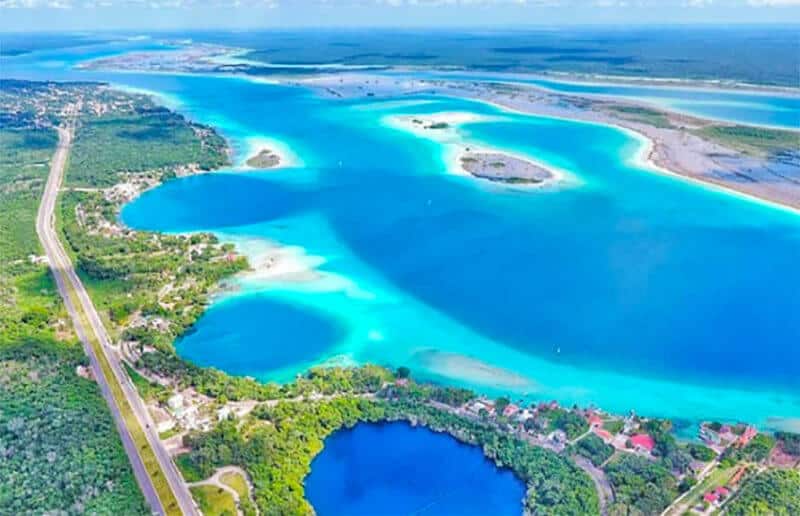
The water color is stunning, the nature activities amazing, and it’s just now getting discovered. Truly a beautiful and relaxing place to visit.
Puerto Escondido-Mazunte, Oaxaca
This stretch of about 70 kilometers of coastline is still truly wild and undiscovered compared to many beach areas in Mexico.
On these beaches I have been within a few meters of pods of whales, seen thousands of dolphins, taken a small river boat next to giant crocodiles, sat next to hundreds of sea turtles laying eggs, kayaked at dawn with thousands of birds, and released baby sea turtles at sunset.
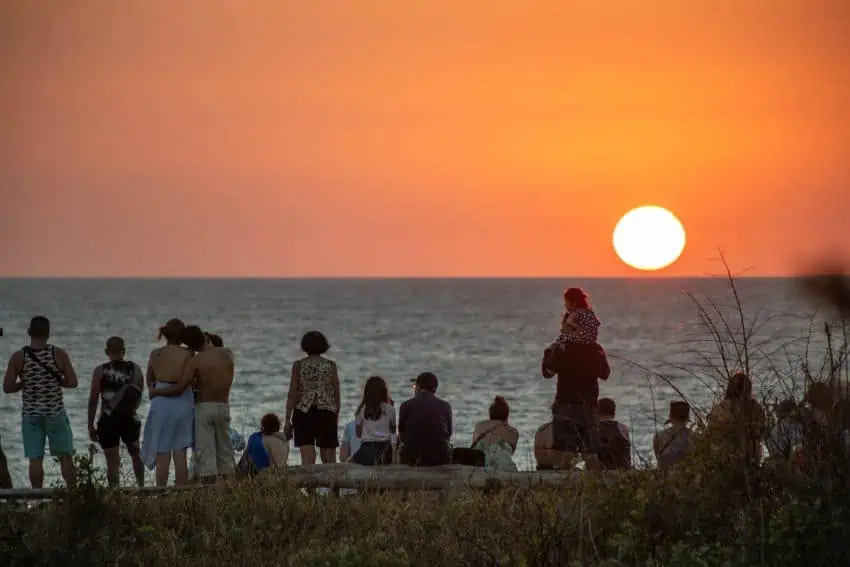
Each and every one of these wildlife events was truly special and among the top nature experiences I have had in my life. Oaxaca sunsets are stunning, the crashing waves mesmerizing and the beaches are still unspoiled. Throw in the people, the food and the culture, and you have an unbeatable experience.
If you love nature and have a sense of adventure, you can count on enjoying these recommendations. So forget about that selfie, leave the phone in your backpack and get out and explore this amazing country!
Travis Bembenek is the CEO of Mexico News Daily and has been living, working or playing in Mexico for over 27 years.
